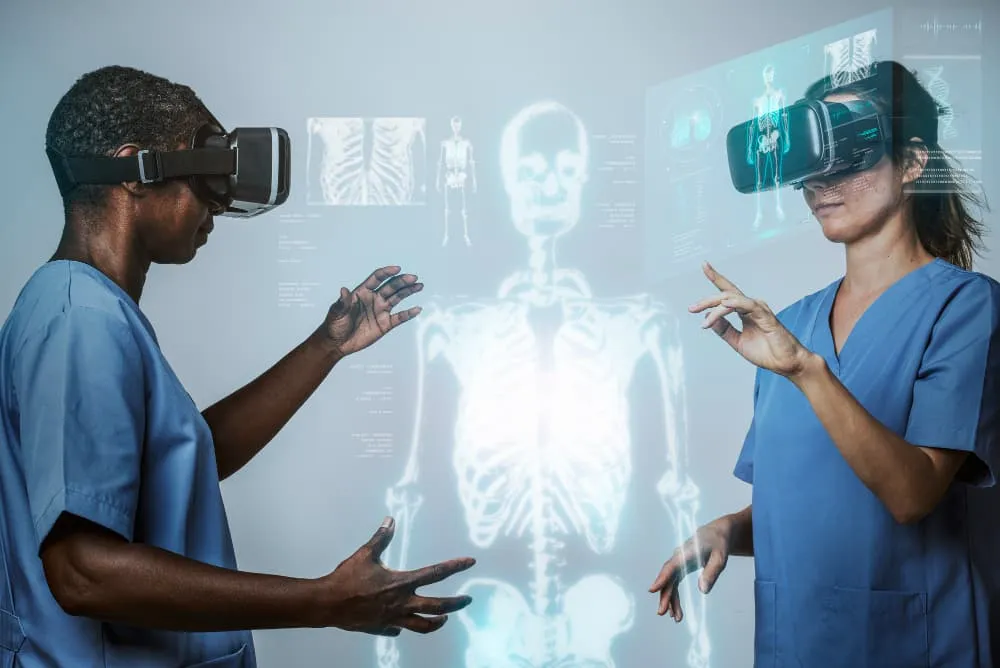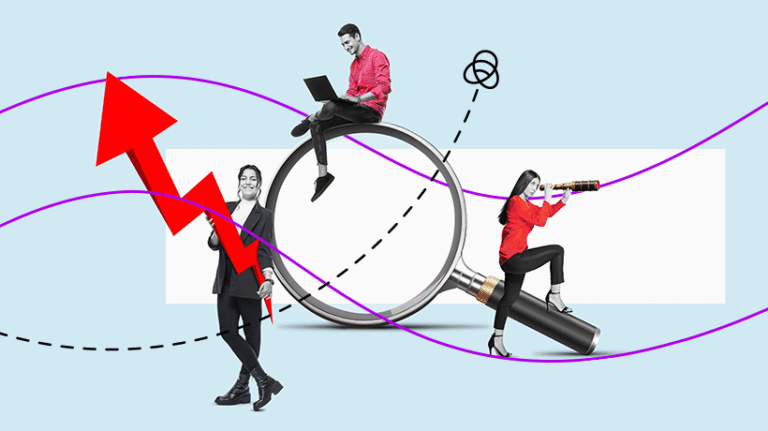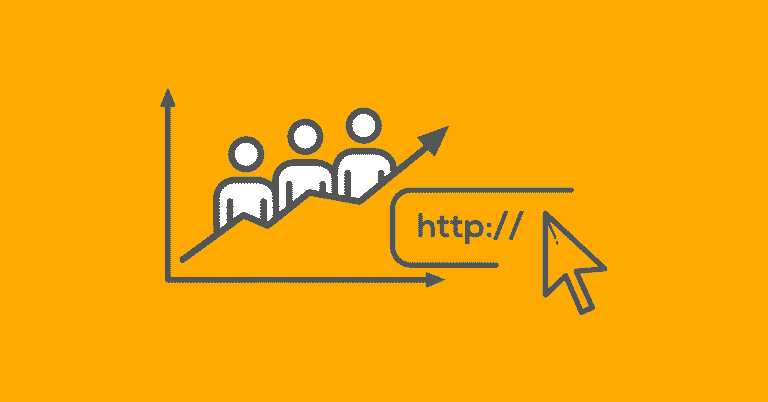The Australian healthcare system, like healthcare systems around the world, is experiencing a digital transformation. Advances in technology have the potential to enhance patient care, streamline operations, and improve medical training—leading to better outcomes for both healthcare professionals and patients. Among these innovations, Augmented Reality (AR) and Virtual Reality (VR) are emerging as game-changers in the healthcare sector.
From improving diagnostic accuracy to providing immersive medical training, AR and VR are reshaping the way healthcare is delivered and experienced in Australia. In this blog, we’ll explore how these technologies are enhancing patient care, supporting medical professionals, and revolutionizing medical education and training across the country.
1. Revolutionizing Medical Training with VR Simulations
Medical training is often a hands-on, high-stakes process that requires a combination of theory, practical experience, and mentorship. Traditionally, medical students and professionals would learn through textbooks, clinical practice, and observation, often in high-pressure environments. While these methods are effective, they come with limitations such as risk to patients, high costs of equipment, and the need for expert supervision.
VR medical training offers an immersive and risk-free environment for students and healthcare professionals to practice and perfect their skills. Using VR, Australian medical schools and training institutions like The University of Sydney and Monash University are already integrating virtual environments where students can perform surgeries, diagnose conditions, and interact with lifelike 3D human anatomy models.
For example, medical students can practice complex surgeries or emergency procedures in VR simulations, gaining valuable experience without the risk of harming real patients. These immersive VR environments also enable students to repeat procedures as often as needed, which accelerates learning and builds confidence. VR offers the flexibility to simulate a wide variety of medical conditions, patient scenarios, and procedures that might be rare in real life, giving students the ability to be fully prepared for any situation.
2. AR-Assisted Surgery: Enhancing Precision and Reducing Risk
In the operating room, precision is critical. Surgeons rely on their knowledge, experience, and real-time data to make life-saving decisions, and any mistake can have significant consequences. AR technology has the potential to enhance surgical procedures by providing surgeons with real-time, overlayed information directly in their line of sight.
Using AR glasses or heads-up displays, surgeons can access patient data, medical imagery (such as CT scans or MRI results), and anatomical maps in real time while performing surgery. This eliminates the need to look away from the patient to consult monitors or paper records, improving focus, efficiency, and reducing the likelihood of errors.
In Australia, hospitals like Royal Melbourne Hospital are experimenting with AR-assisted surgeries, allowing surgeons to visualize 3D models of organs or tissues superimposed on a patient’s body. This capability is especially beneficial in complex surgeries like tumor removal, joint replacements, and spinal operations, where precision is paramount.
AR can also assist in minimally invasive procedures by providing surgeons with detailed anatomical views that help guide instruments with higher accuracy, reducing trauma, speeding up recovery times, and improving patient outcomes.
3. Patient Education & Virtual Consultations with AR/VR
Understanding medical conditions and treatment options is crucial for patients to make informed decisions about their health. However, many patients struggle to fully grasp complex medical information through traditional methods like brochures or verbal explanations. AR and VR can transform how healthcare providers educate patients, offering them interactive and visual explanations that are easier to understand.
In Australia, healthcare providers are beginning to use AR applications to show patients a visual representation of their diagnosis or treatment. For example, if a patient is diagnosed with a heart condition, AR could be used to display a 3D model of their heart, showing the location and nature of the problem. This not only enhances the patient’s understanding but also helps them feel more involved and informed about their treatment options.
VR-based therapies can also assist in remote consultations for patients in rural or underserved areas. For instance, patients can wear VR headsets and connect with their doctor through a virtual consultation, offering a sense of presence and face-to-face interaction, even from thousands of kilometers away. This is particularly beneficial in Australia’s vast rural regions, where access to Healthcare app development professionals may be limited.
4. Pain Management & Therapy: Virtual Reality in Rehabilitation
Chronic pain management and rehabilitation are two areas where VR is making a significant impact. Instead of relying solely on medications or traditional physical therapy methods, VR is being used to help patients manage pain, improve mobility, and accelerate recovery.
For patients undergoing rehabilitation or recovering from surgery, VR-based therapy offers engaging and interactive exercises designed to improve motor skills, reduce pain perception, and speed up recovery. Australian hospitals and rehabilitation centers like St Vincent’s Hospital Melbourne and The Prince of Wales Hospital are increasingly incorporating VR rehabilitation programs to help patients recover from strokes, joint replacements, and other surgeries.
Virtual reality pain management has also gained traction in helping patients deal with chronic pain or anxiety. By immersing patients in calming, virtual environments—like a serene beach or a peaceful forest—VR can help distract the brain from pain and reduce the need for opioid medications, which are often associated with dependency risks.
This approach is particularly effective for pediatric patients, who can use VR as a distraction during painful procedures, such as wound care or injections, helping reduce anxiety and the perception of pain.
5. Enhancing Remote Healthcare Delivery with AR/VR
Telemedicine has already proven to be a game-changer, particularly in Australia’s rural and remote areas, where access to specialists is often limited. By integrating AR and VR into telehealth consultations, healthcare providers can offer a more interactive and immersive experience for patients.
VR consultations allow patients to engage with their healthcare providers in virtual clinics, where they can receive diagnoses, follow-up care, or even participate in remote training and therapy. This is especially valuable for patients with mobility issues or those who live in isolated areas, ensuring they receive timely care without the need for long-distance travel.
In addition, AR-based applications allow healthcare professionals to provide virtual assistance to patients during home-based care. For example, a nurse could remotely guide a patient through wound care, or a physiotherapist could virtually assist a patient with rehabilitation exercises by overlaying real-time instructions and demonstrations on their surroundings using AR glasses or mobile devices.
6. Enhancing Diagnostic Accuracy with AR & VR
AR and VR can also play an important role in improving diagnostic accuracy. By overlaying patient data (such as medical imaging or historical health records) onto a patient’s body or medical scans, healthcare professionals can get a better understanding of complex medical issues and make more informed decisions.
For example, AR can enhance radiology by enabling doctors to visualize and interact with 3D reconstructions of X-rays, CT scans, or MRIs. This three-dimensional visualization allows doctors to detect abnormalities with greater accuracy, helping with early diagnosis of conditions like cancer, fractures, or neurological disorders.
VR in diagnostics also allows patients to undergo virtual diagnostic procedures, such as endoscopies or MRI simulations, without the discomfort or invasiveness of traditional methods. This is particularly valuable for patients who are anxious about medical procedures or those with specific needs, such as children or elderly individuals.
7. Improving Mental Health Care with VR
Mental health is an often-overlooked area where VR and AR can make a profound impact. VR therapy has been successfully used to treat conditions such as anxiety, PTSD, and phobias by immersing patients in controlled virtual environments that expose them to their fears in a safe, therapeutic setting.
In Australia, VR-assisted mental health treatments are being used to help patients confront and process traumatic memories or anxieties. For example, patients suffering from PTSD may experience simulated scenarios that help them desensitize and reprocess traumatic events, all under the guidance of a mental health professional.
Moreover, VR can be used for mindfulness and meditation exercises, which are increasingly recognized as valuable tools in managing stress, depression, and anxiety. These programs can help patients manage their mental health more effectively, especially in regions where mental health services are limited.
Conclusion: The Future of AR/VR in Australian Healthcare
AR and VR technologies are still in the early stages of their integration into the Australian healthcare system, but their potential is vast. From transforming medical training and improving surgical precision to offering new solutions for pain management and remote consultations, AR and VR are paving the way for a future of more personalized, efficient, and accessible healthcare.
As these technologies continue to evolve, Australian healthcare providers, educators, and policymakers must continue to embrace innovation and collaboration to ensure that AR and VR are used to their fullest potential. Whether it’s enhancing patient care, improving medical education, or providing remote support to underserved communities, AR and VR have the potential to revolutionize healthcare in Australia—and ultimately, improve the quality of care for all Australians.








